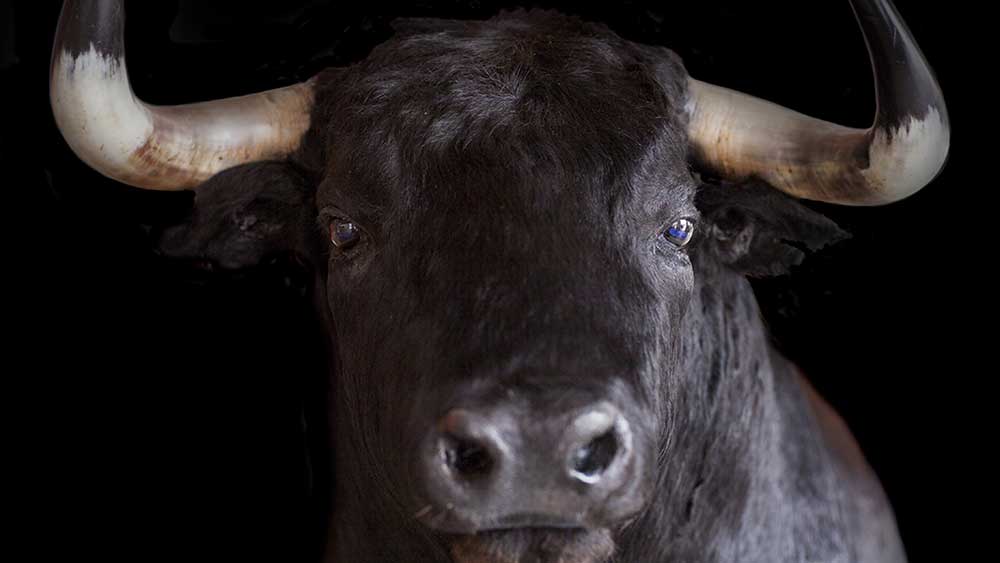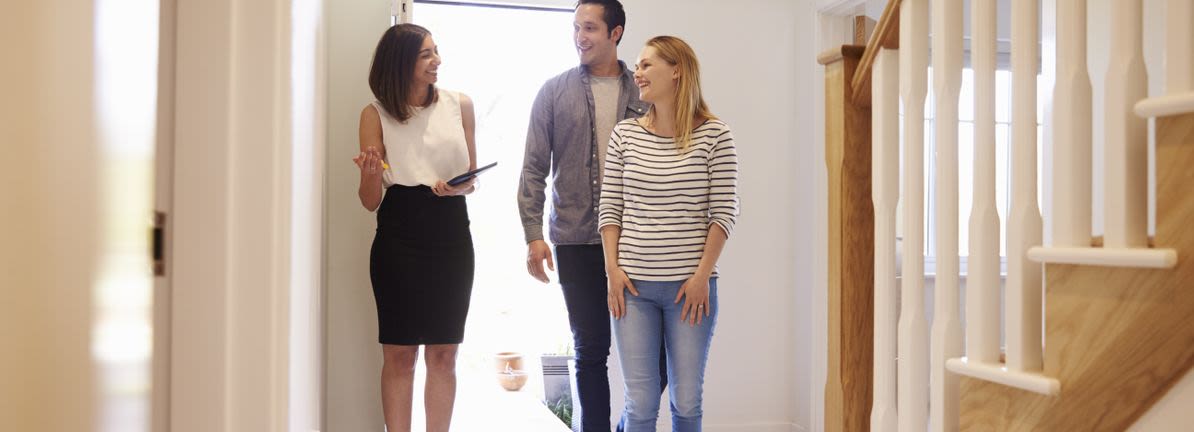Search results
News about Kirk Cousins, Minnesota Vikings, quarterback
News about Donald Trump, Harvey Weinstein, Dow Jones futures
Also in the news
from English Grammar Today. When we talk about the past, we sometimes want to refer to something which was in the future at the time we were speaking. We use past verb forms to do this: The last time I met her, she was leaving for a new job in Italy the following day. (past form of She is leaving)
- What Is A Verb Tense?
- Verb Tenses List: How Many Tenses Are There in English?
- Past Tenses
- Present Tenses
- Future Tenses
- Verb Tense FAQs
Verb tensesshow when an action took place, as well as how long it occurred. The main verb tenses are the past, present, and future. There are also additional aspects that give extra details, such as the length of time the action occurred, which actions happened first, or whether a past action has an impact on the present. These grammatical aspects ...
The standard tense in English is the present tense, which is usually just the root form of the verb. The past and future tenses often require changes or additions to the root form, such as the suffix–edfor the past tense and the modal verb willfor the future. However, for each of the past, present, and future tenses, there are four different aspect...
Simple past
We use the simple pastto show actions completed in the past, with no extra emphasis. For regular verbs, you form the simple past tense by adding the suffix –edto the end of the verb (or just –dif the past tense verb already ends in an e). Be careful of irregularpast tense verbs, however. These don’t follow the normal rules and use their own unique forms for the past tense. For example, the past tense of the irregular verb gois went. Regular verbs:I pickedup the glass, but it droppedfrom my ha...
Past perfect
[had] + [past participle] What if you’re talking about two different actions in the past and want to show that one happened before the other? The past perfect, also known as the pluperfect, shows that one past action happened earlier than another one. She had arrivedat the office before she realized it was Sunday. I ran to my car when I noticed my wife had leftalready.
Past continuous
[was/were] + [present participle] Use the past continuousto show an ongoing action in the past, especially if the action was interrupted by another action. It’s also used for habitual actions that occurred in the past but not in the present. It’s usually used with adverbs like alwaysor adverb phrases like all the time. My dog was whimpering in his sleepwhen the TV woke him up. As kids, my friends and I werealways gettinginto trouble.
Simple present
The simple presentis the most basic of the English tenses. It’s used for individual actions or habitual actions in the present. Often the simple present is just the root verb with no changes or additions. The main exception to this is when the subject is third person and singular. In this case you add the suffix –s. If the verb ends in o,ch,sh,th,ss,gh, orz, you add –es. If the verb ends in a consonant and y(and the subject is third-person singular), drop the yand add –ies. Today I feellike a...
Present perfect
[have/has] + [past participle] Although it’s quite common, the present perfectis one of the most difficult English verb tenses. It is used to describe a few different types of actions, including: 1. an ongoing action started in the past that is not yet completed 2. the same action completed multiple times in the past and likely to be completed again 3. an action completed very recently (usually with justor now) 4. an uncompleted action that is expected to be finished (in the negative) Additio...
Present continuous
[am/is/are] + [present participle] Use the present continuousto show an action happening right now or in the near future. I am reading The Hitchhiker’s Guide to the Galaxyfor the fifth time! We are eatingpizza tonight.
Simple future
Use the simple futurefor actions that have not happened yet but will later. To form the simple future, just place the modal verb willbefore the root form of the main verb. (Note that if the action will happen in the near future, you can use the present continuous instead.) She will bepresident one day. I willnot goto the wedding without a date!
Future perfect
[will] + [have] + [past participle] The future perfectshows an action that will be completed in the future by a specified time. Because it depends on another time, the future perfect is often used with words like by, before,at, or when. By the time you read this, I will havealready left. She will have eatenlunch before her sister even wakes up.
Future continuous
[will] + [be] + [present participle] Use the future continuoustense for future actions happening over a period of time, especially when a specific time is mentioned. The future continuous tense also shows more certainty and likelihood than the simple future. By this time tomorrow, I will be drinkingmargaritas on the beach. We will be attending a meeting from noon until 3 p.m.
What are verb tenses?
Verb tenses are changes or additions to verbs to show when the action took place: in the past, present, or future. The phrase verb tenseis also used for grammatical aspects, which show how long an action occurs.
What are the different types of verb tenses?
The three main verb tenses are the past, present, and future, but there are also four grammatical aspects: simple, continuous, perfect, and perfect continuous. When you combine the three time periods with the four aspects, you get twelve unique verb tenses.
What are some examples of the different verb tenses?
The simple tenses show actions happening at different times, while the perfect tenses show completed actions that relate to different time periods. The continuous tenses are for ongoing actions that take a while to complete. The perfect continuous tenses combine the perfect and continuous tenses to describe ongoing actions that happen over a period of time.
People also ask
What are past and future tenses?
What does future in the past mean?
Why should you learn the past tense?
What is the difference between present and future tense?
The main verb tenses in English are the past, present, and future tenses. These tenses form the foundation of our communication, allowing us to speak about events that have already happened, events happening now, and events that are yet to occur. Let's take a closer look at each of these verb tenses:
Jul 5, 2023 · Verb tense identifies when the action of a sentence takes place – the past, present, or future. The action in a sentence (also known as the time frame) has either happened, is happening, or will happen.
powered by LanguageTool. Having a thorough understanding of verb tenses is crucial for effective communication. But verb tenses go beyond the past, present, and future. This guide covers tense and aspect, helping you learn how to use them accurately.
Future in the past is used to express the idea that in the past you thought something would happen in the future. It does not matter if you are correct or not. Future in the past follows the same basic rules as the simple future .







